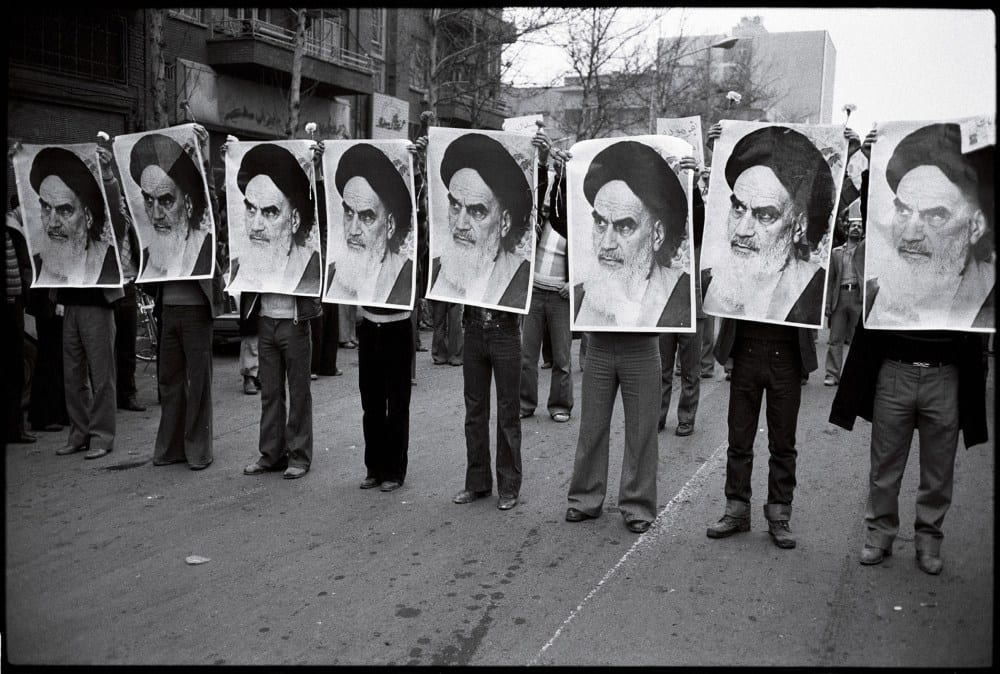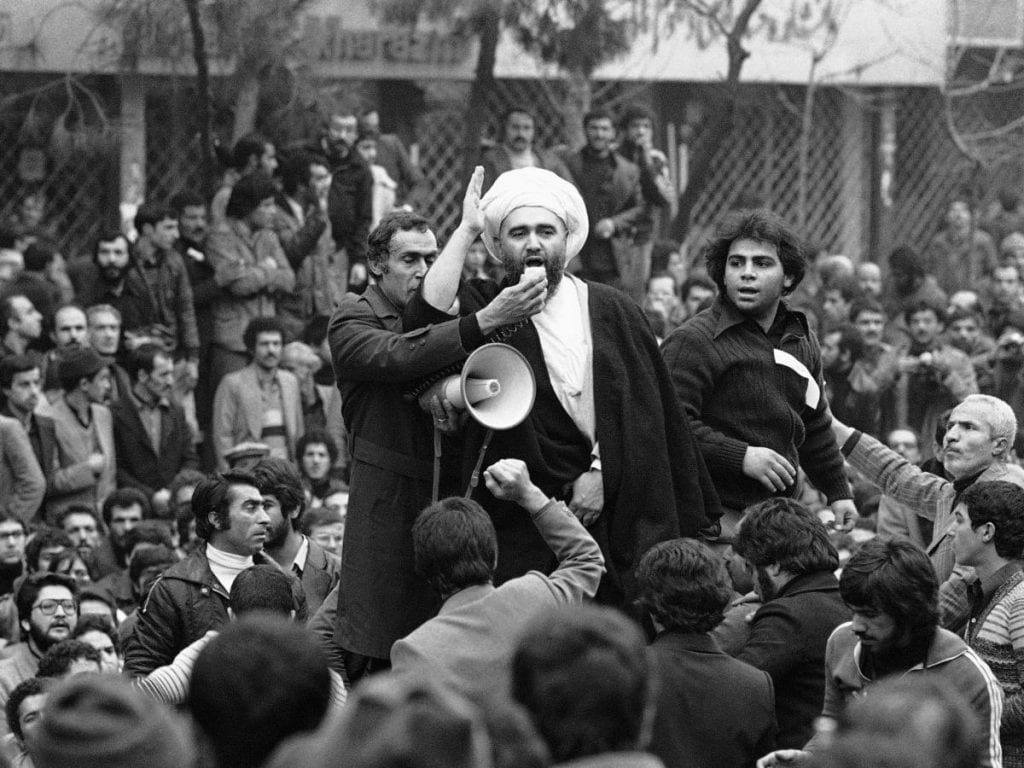A Brief Overview Of The Iranian Revolution
The Iranian revolution, which is popularly called the Islamic Revolution, led to the removal and overthrow of the Pahlavi dynasty during the reign of Shah Mohammed Reza. Grand Ayatollah Ruhollah Khomeini was the leader of one of the influential groups that spearheaded the revolution. The Islamic Republic rose to power under his leadership. It is one of the most talked about revolutions in history, with several books and movies created to tell the story.


The beginning of the revolution can be traced to demonstrations that started in 1977, which soon escalated in the year that followed, and led to the razing down of the Cinema Rex. The burning of the cinema is usually seen as the trigger for the full-scale revolution. It was followed by strikes that paralyzed the country and forced the ruling monarch to exile on the 16th of January 1969, leaving his duties to a regency council.


Soon after this, a series of events led to the government being overthrown entirely. Some of the key events include: the invitation of Khomeini back into the country by the government; the occurrence on February 11th, when rebel forces overwhelmed the forces loyal to the monarch in armed fighting on the street. This ensured that Khomeini finally had a grasp on official control and power.
The country resolved to become an Islamic republic in a national referendum on the April 1st, 1979. This led to the formation of a theocratic constitution and ensured that Khomeini became the supreme leader of the country.
